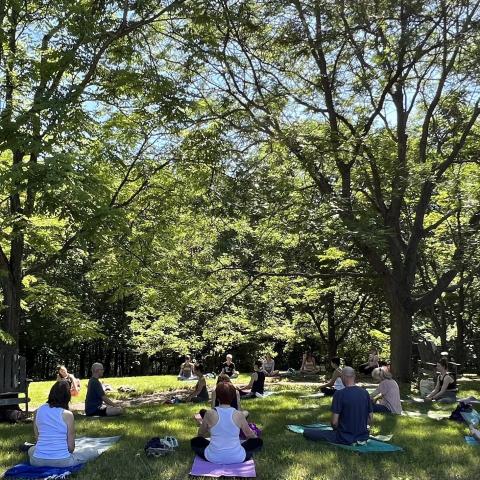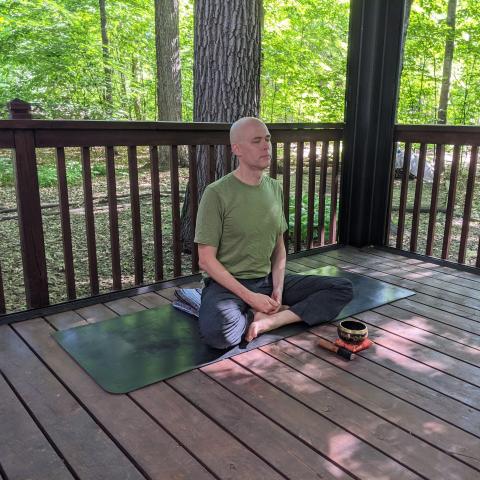Over the weekend, I subbed a “Mindful Yoga” class for Nancy Boler at Common Ground Meditation. Although I had been to Common Ground many times for talks, classes, and retreats, this was my first time teaching there. Nancy’s classes, like mine, weave together mindfulness and yoga.
In this article, I share how I teach mindful yoga, why it feels authentic, and how I bring yogic philosophy and Buddhist mindfulness into my yoga classes.









